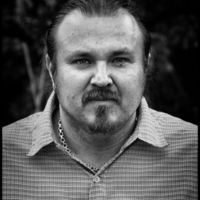"Måla med ljus"
Gatufoto eller inte det är frågan
Debatten om gatufoto har blåst från den ena sidan till den andra sidan de senaste veckorna och det kanske är några som har väntat på mitt inlägg i debatten. Nu behöver ni inte vänta längre men jag kanske inte ger er riktigt de svaren som ni förväntat er.
Jag kallar mig inte längre för gatufotograf utan jag brukar rätt och slätt säga att jag är en dokumentärfotograf. På så vis kan jag samla i stort sett alla de olika stilarna som ryms i mitt fotograferande i ett och samma ord. Tack vare det slipper jag att ställa mig i försvarställning för att försvara de traditionerna inom fotografi som jag har valt att följa och kan i lugn och ro fortsätta att koncentrera mig på bilderna utan att bli störd av onödigt brus. Om mina betraktare vill placera mig inom en specifik genre så får de gärna göra det men själv gör jag det inte.
När jag kallade mig för gatufotograf strävade jag efter att vara som en anonym och osynlig liten fluga på väggen. Men det passade inte mig, jag är allt för nyfiken på människorna som jag möter och vill gärna veta mera om dem. Därför passar det bättre för mig att vara en dokumentärfotograf. Därmed inte sagt att jag är en fotograf som arrangerar mina bilder. Bilderna växer naturligt fram i mitt umgänge med dem som jag möter och de flesta bilderna som jag tar är rena ögonblicksbilder som jag tar när den mentala isen har brutits. Därmed inte sagt att det är fel att arrangera bilder men för min del fungerar det inte alltid så bra.
Som person kan jag tyckas vara ganska så konservativ. Men jag har ofta högt i tak vad gäller andra människor. Även om det oftast är svårt försöker jag leva efter uppmaningen som Jesus gett oss i Johannes 8:7 - "Den av er som är fri från synd ska kasta första stenen". Oavsett om vi har valt att tro på Gud eller inte så tror jag att det kan vara bra att först försöka göra upp med våra egna fel och brister innan vi väljer att sätta oss till doms över andra.
Om du surfar på mobil eller platta kan du se bilderna i bildspelet här: http://www.flickr.com/photos/61029780@N06/sets/72157632319392145/
Text och foto: © Mikael Good, 2013.
Alla svenska bidrag till Leica Oskar Barnack Award 2013

Nu återstår det bara ett par skälvande timmar innan slussen till årets upplaga av Leica Oskar Barnack Award stänger för denna gången. Till dags dato har 7 svenska fotografer fått sina bilder accepterade till den ärevördiga tävlingen. Premissen för att få skicka in bilder är att du antingen är knuten till en bildbyrå eller att du har fått reportaget publicerat i en tidning. Slussen stänger inte förrän vid midnatt så du har fortfarande gott om tid att sända in ditt material.
»TRACTOR BOYS« - Martin Bogren
»THE OLD MISSION HOUSE IN BJÖRKENÄS« - Mikael Good
»A FRAGILE STATE - LAND TAKEOVERS IN RURAL COLOMBIA.« - Gustav Arvidsson
»STOCKHOLM PARADISE« - Joakim Kocjancic
»MAKE A WISH-GAZA« - Loulou dAki
»BELLA ROMA« - Thomas Madsen
»TOUCH ME« - Johannes Frandsen
Min egen favorit bland de svenska bidragen är Tractor Boys av Martin Bogren, det är ett bidrag som jag tror kan komma långt i tävlingen. Jag har hunnit gå igenom många av de insända bidragen och det känns som om årets upplaga av Oskar Barnack Award håller en genomgående hög nivå. Men om ni ändå surfar in på www.leica-oskar-barnack-award.com rekommenderar jag er att ta en koll på bidragen från Russian Federation (Ryssland) som innehåller en hel del riktigt bra dokumentärbilder.
Text och foto: © Mikael Good, 2013
I´m thankful for all the gifts that I have been given
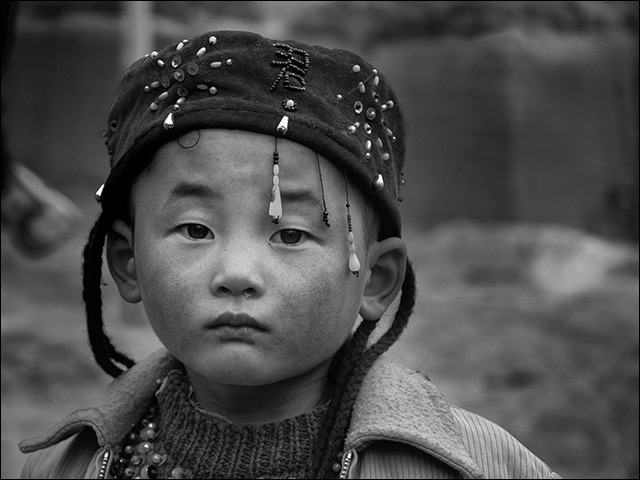
I´m very grateful that I have been involved in collecting millions of SKR to people in need with the gifts that I have been given. Helping other people in need is something that I really want to continue to do and something that I´m really good at doing and I hope that I soon will find a new opportunity to work for the least of my brothers and sisters.
I have a clear goal with my work and that is to use my knowledge and the gifts that I have been given in such a effective way as possible so that it benefits other people. This is the foundation that I will have independent of which work situation that I will be given. My personal ambitions are high and even if I can do a good job on my own I strive for being a part of a team that works creative and effective for common goals that will benefit others.
I´m a skilled photojournalist, reporter, public relations officer, editor, graphic designer and I know how to handle social media in a effective way. The only thing that I don´t have is a proper job and I hope that you who has read this text to this point in some way shall be able to provide the link between me and my new job.
Thanks in advance!
http://se.linkedin.com/pub/mikael-good/51/a75/689/en
http://www.flickr.com/photos/61029780@N06/
http://www.chasid.fotosidan.se/
Text and Photo: © Mikael Good. All Rights Reserved.
Greetings from Latvia - Sveicieni no Latvijas!
What would you do if your neighbours could not afford to pay their rent, their food and their clothes. Would you just ignore them and pretend as if they were not there? Or would you help them so they came back on their feets again? Latvia is a neighbour to Sweden and they are short of everything. And yet few Swedes cares about their Latvian neighbours situation...
Latvia is the country in the European Union that has suffered hardest by the economic crisis that hit the world in 2008. The previously so Optimistic Latvian Tiger Economy which was pumped up by the major Swedish banks aggressive lending lost its bite and the country has gone into a deep economic recession. Workplace after workplace has gone bankrupt. According to official statistics nearly 20 percent of the population is now unemployed but unofficial sources are talking about an unemployment rate of almost 40 percent and in some rural areas in the east of Latvia the unemployment is almost 100 percent according to social workers.
The Latvian family in the photo-essay on Flickr consist of a mother, her three children and their grand mother. The father of the family drowned in a fishing accident a couple of years ago. The family live in a dilapidated barn-like house in a little village on the Latvian countryside east of the capital Riga. They have no running water. The only heat comes from the wood stove which is located in the living room in the small apartment. The economic situation for the family is tough and they live on the margin. Even if the family like most other Latvians didn´t borrow any money in the banks, they had to pay the full price for others mistakes when the government had to cut every cost that they could to save the economy of the nation in order to prevent a national bankruptcy. Today is the situation on the Lativan countryside directly comparable with the situation in the U.S during the great depression of the 30s. Some sources even say that the situation in Latvia is worse.
The Latvian economy is slowly getting better and better. But the price for the better economy is high. Many highly educated Latvians has moved abroad for better paid jobs. And this brain-drain can prove to be devastating for the country in a nearby future. The population in Latvia is declining rapidly and this is a serious social and economical problem for Latvia. In the 2000s the country has lost one seventh of its population through emigration and a negative birthrate.
According to official sources nearly 2 million people live in Latvia today. But some unofficial sources says that only 1,7 million people live in the country. In 1989 just two years before Latvia gained it´s independence from the Soviet Union, the population in the country was 2,7 million people. There are no jobs, no hope and no future on the Latvian countryside today and those who can move to a slightly better future in the bigger cities or abroad. Those who remains, are the elderly, the disabled and those who for various reasons do not have a chance to move away.
If you want to support Latvian families in need you can make a donation via Star of Hope, USA: http://www.starofhope.us/donate-now-to-a-child-through-star-of-hope-starofhope.html
If you want to take a look at the pictures on your phone or on your tablet click here: http://www.flickr.com/photos/61029780@N06/sets/72157632859125683/
Text and photo: © Mikael Good. All Rights Reserved.
Carl Zeiss Distagon 28mm f2.8 på Leica M
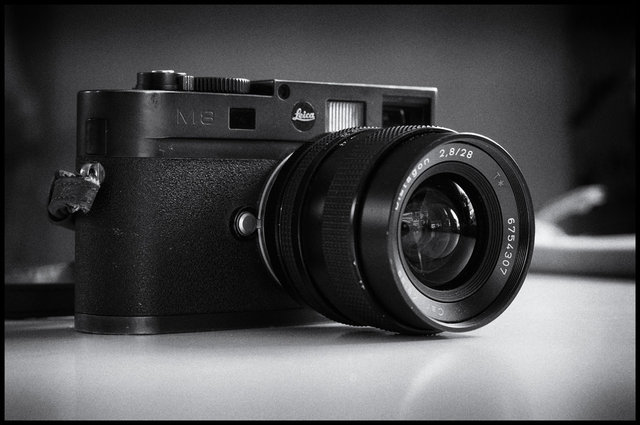
För ett tag sedan började jag fundera på om det inte skulle gå att använda mitt Carl Zeiss Distagon 2,8/28 T* för Contax på min Leica. Att det är ett riktigt, riktigt bra 28mm objektiv visste jag redan. Jag skulle faktiskt vilja påstå att det bara är Leica 28mm f/2 Summicron-M ASPH som är bättre bland 28mm objektiven. Men det objektivet kostar 18.000 kronor begagnat och skillnaden är nog högst marginell och kan nog bara ses under lupp.
Efter en del googlande hittade jag och beställde en Contax till Leica M-adapter från USA som jag nu har fått hem. Jag har testkört Zeiss-objektivet på min Leica M8 och även om objektivet är lite klumpigt på kameran så blir bildresultatet helt fantastiskt bra. Givetvis fungerar inte avståndskopplingen mellan objektiv och mätsökare med vad gör väl det när det finns hyperfokal att tillgå. Vad gäller närmare avstånd är det ganska enkelt att syfta avståndet från 1 till 2 meter.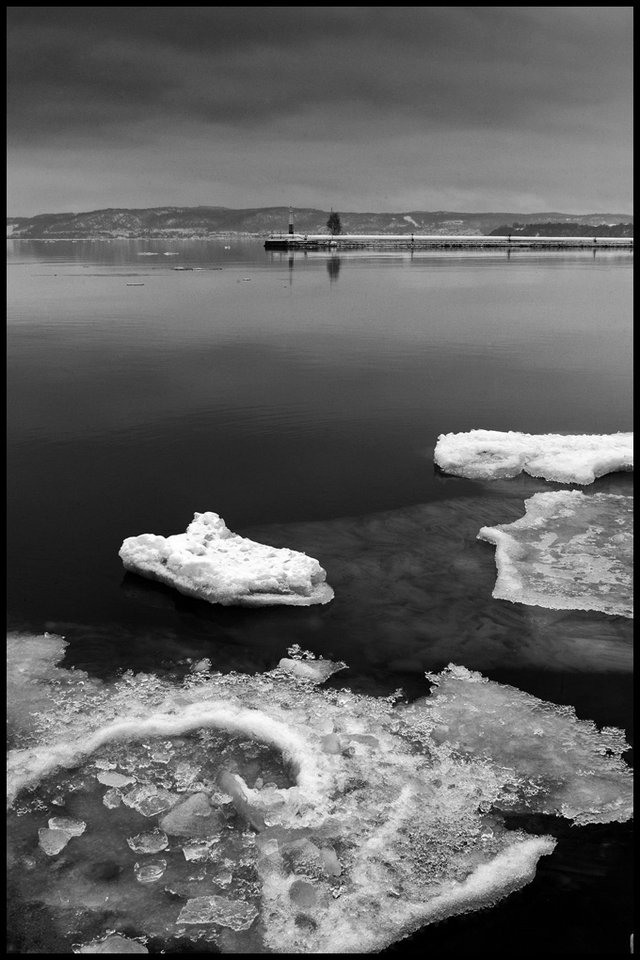
Trots att jag körde digitalt har jag fått lägga en hel del tid på retusch, anledningen är att kamerans sensor är rätt så dammig och i desperat behov av en grundlig rengöring. Nu har jag en sensorrengöring att se fram emot under eftermiddagen. Först ska sensorn blåsas så ren som det går med en blåstuta och sedan swabbar jag den för att bli av med de finaste små partiklarna som brukar samlas i hörnen av sensorn.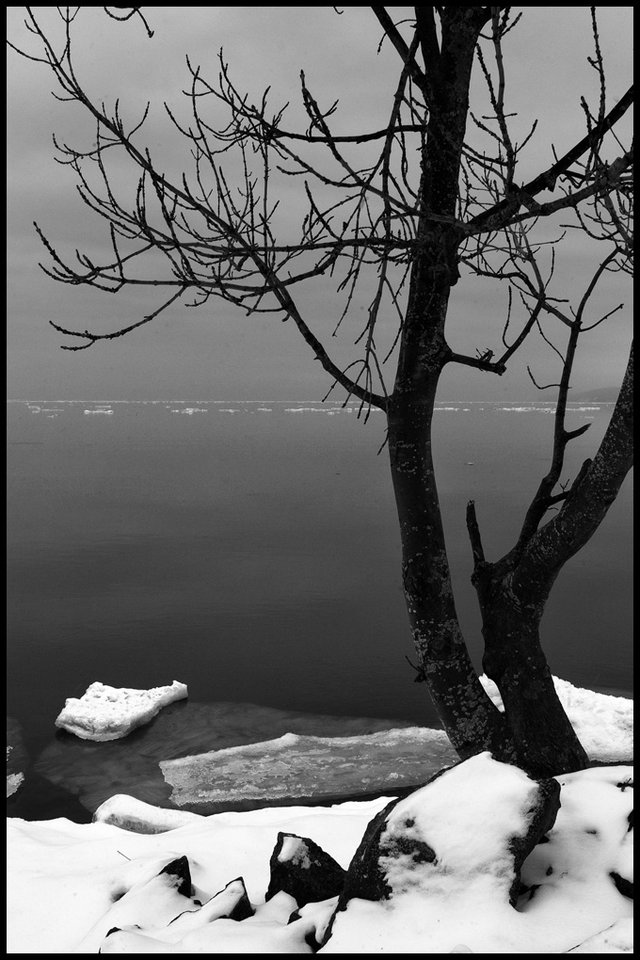
Text och foto: © Mikael Good, All Rights Reserved.

